Exploring the Ancient Art of Pestle Needle Therapy

Pestle needle (Chu Zhen) therapy, a combination of acupuncture and massage, is a remarkable noninvasive method aimed at stimulating specific acupoints set through specialized instruments, and meticulous manipulation techniques.
This therapy, rooted in the rich traditions of Taoist medicine and Dao Ying (Qi guiding practices), was brought to light in the 1970s by Professor Li Zhongyu (李仲愚 1920-2003) of the Chengdu University of Traditional Chinese Medicine.
Taoist Medicine Root
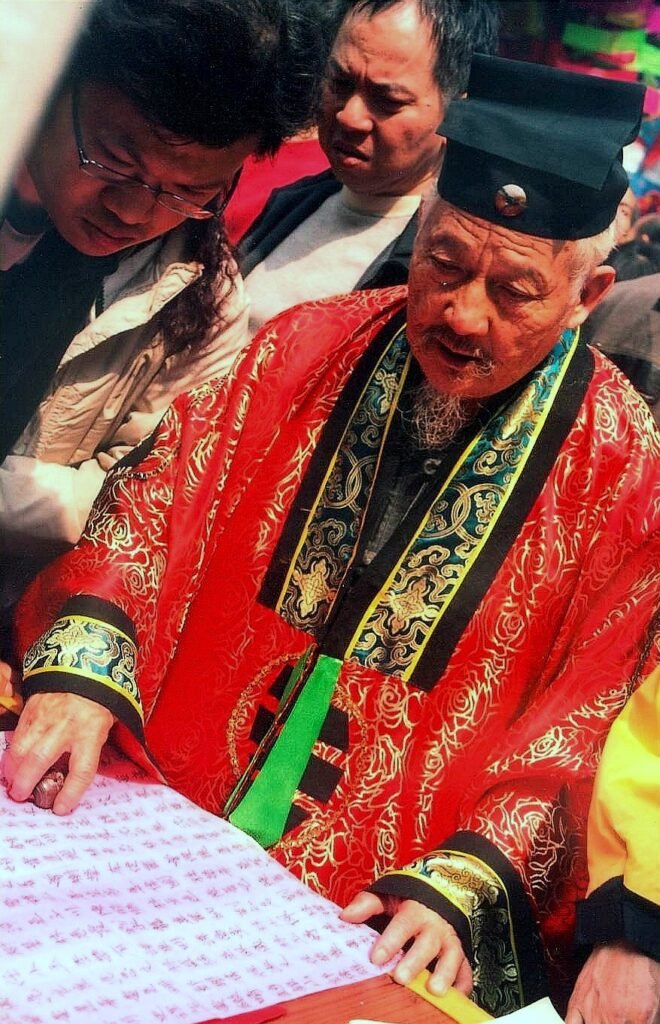
Its origins can be traced back to Li’s ancestors, who were instructed by the Taoist Master Ru Huan from the majestic Wudang Mountain, marking a tradition that has been carried forward through 16 generations.
Today, pestle needle therapy is recognized far beyond its Sichuan origins, enjoying global acclaim for its therapeutic benefits.
Traditional Chinese Medicine (TCM) Origins
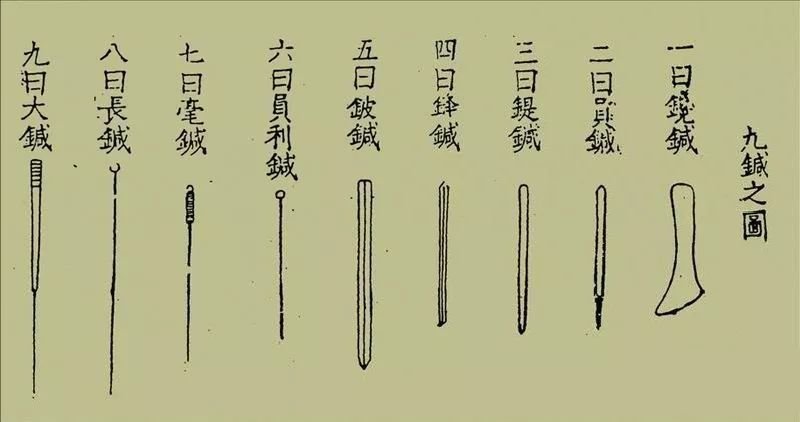
Pestle needle therapy is an innovative extension of the “nine needles” technique, a concept immortalized in the Yellow Emperor’s Classic of Internal Medicine (Huang di Neijing). It skillfully merges needling with massage, grounding its practices in the ancient Chinese philosophy of meridians and collaterals. This synergy offers a distinctive method for stimulating acupoints and meridians, showcasing the therapy’s deep roots in traditional Chinese medical theory.
Four Tools of Pestle Needle
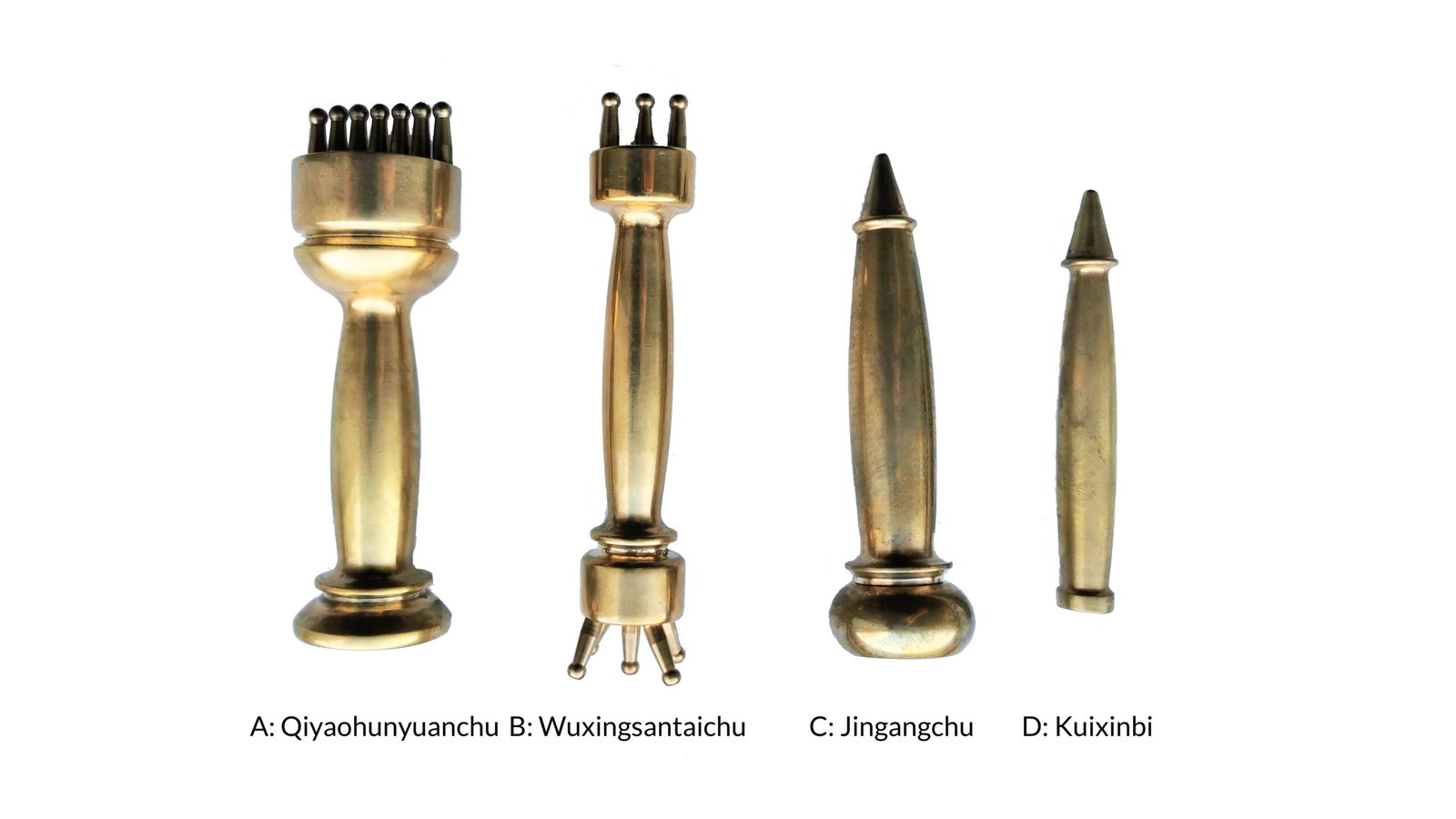
Pestle needle therapy employs four specifically designed noninvasive tools that define its unique approach:
A. Qiyaohunyuanchu i.e. the Seven Pronged Pestle, allowing for nuanced stimulation;
B. Wuxingsantaichu i.e. the Three and Five Pronged Pestle, designed for versatile applications;
C. Jingangchu: the Vajry Pestle, known for its concentrated impact;
D. Kuixinbi: the Pencil Pestle, perfect for precise interventions.
Mapping the Acupoints
The therapy identifies two specific types of acupoint arrangements: the Bazhen and Hechelu. The Bazhen points form a complex pattern, consisting of a central point surrounded by three concentric circles, each circle hosting an array of points positioned based on the ancient array of 8 trigrams.
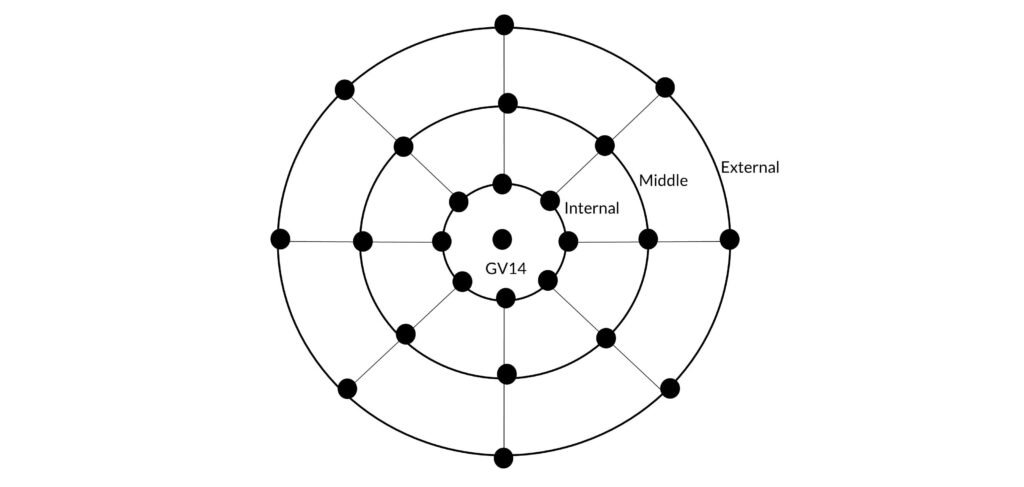
The Hechelu layout, on the other hand, describes seven lines that traverse the back and front of the body, offering a blueprint for targeted therapeutic interventions.
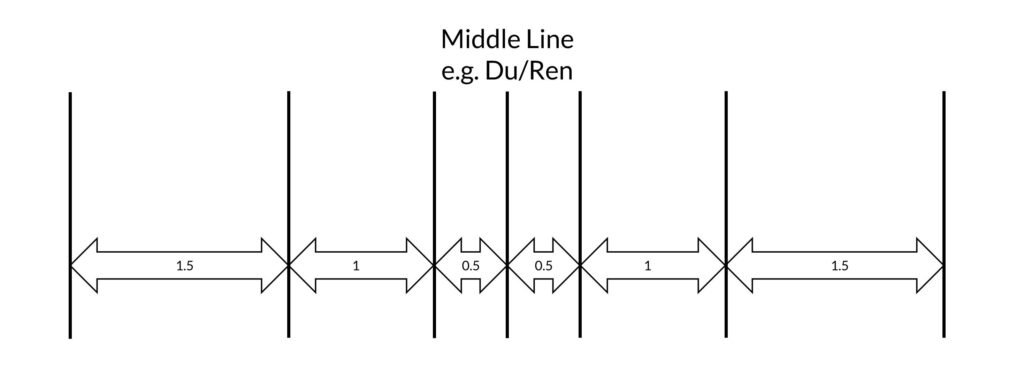
Techniques and Manipulations
The essence of pestle needle therapy lies in its diverse manipulative techniques, including
- rotating massage (Yunzhuan)
- vertical stroking (Shengjiang)
- gentle tapping (Diankou)
- rhythmic pressing and releasing (Kaihe)
- deliberate separating (Fenli).
Each technique is applied with intention and precision, aimed at maximizing therapeutic effect through the careful stimulation of acupoints and meridians.
Pestle needle therapy stands as a testament to the enduring legacy of traditional Chinese medicine, a blend of ancient wisdom and modern practice that continues to offer profound healing benefits. Its rich history, coupled with the intricate understanding of the body’s meridians, makes it a fascinating subject of study and a valuable tool in the holistic health repertoire.
Research Articles on Pestle needle
- Japaries W, Wen B, Zhang H. Pestle Needle (Chu Zhen) Treatment for Neck Pain. Medical Acupuncture, 2022, April, 5
- Japaries W, Nando A. Pestle Needle (Chu Zhen) Treatment for Low-Back Pain and Sciatica. Medical Acupuncture. 2022 Apr 1;34(2):137-41.
- Wang F, Liao SQ, Wen J. Effects of pestle needle on nerve conduction velocity and inflammatory injury in patients with diabetic peripheral neuropathy. Tradit Med Res. 2022;7(2):17.
- Wang X, Yin X, Guo XT, Wang Y, Jin WQ, Mao AJ, Lao L, Zhang ZJ, Zhang J, Xu SF. Effects of the pestle needle therapy, a type of acupoint stimulation, on post-hemorrhoidectomy pain: A randomized controlled trial. Journal of Integrative Medicine. 2020 Aug 6.
- Wang YZ, Zhong L, Wu ZJ, Liu XH, Dong YW, Fan XH. Efficacy study on pestle needle combined with Chinese herbal fumigation for cervical spondylosis. Journal of Acupuncture and Tuina Science. 2016 Jul 1;14(4):284-9.
- Liu X, Yu Y, Zhong L, Fan X. Pestle needle at Yaoyangguan bazhen and Heche-mingqiang section for 31 cases of bi syndrome at low back. Zhongguo zhen jiu= Chinese acupuncture & moxibustion. 2016 Mar 1;36(3):295-8.
- ZHANG J, Shisheng LI, Yijun SU. Pestle needling at Yāoyángguān-Bāzhèn points for intractable lumbodynia after lumbar disc herniation surgery: A randomized controlled trial. World Journal of Acupuncture-Moxibustion. 2019 Sep 1;29(3):194-9.
- McCann H. Pestle Needle Therapy. Journal of Chinese Medicine. 2009 Oct 1(91).
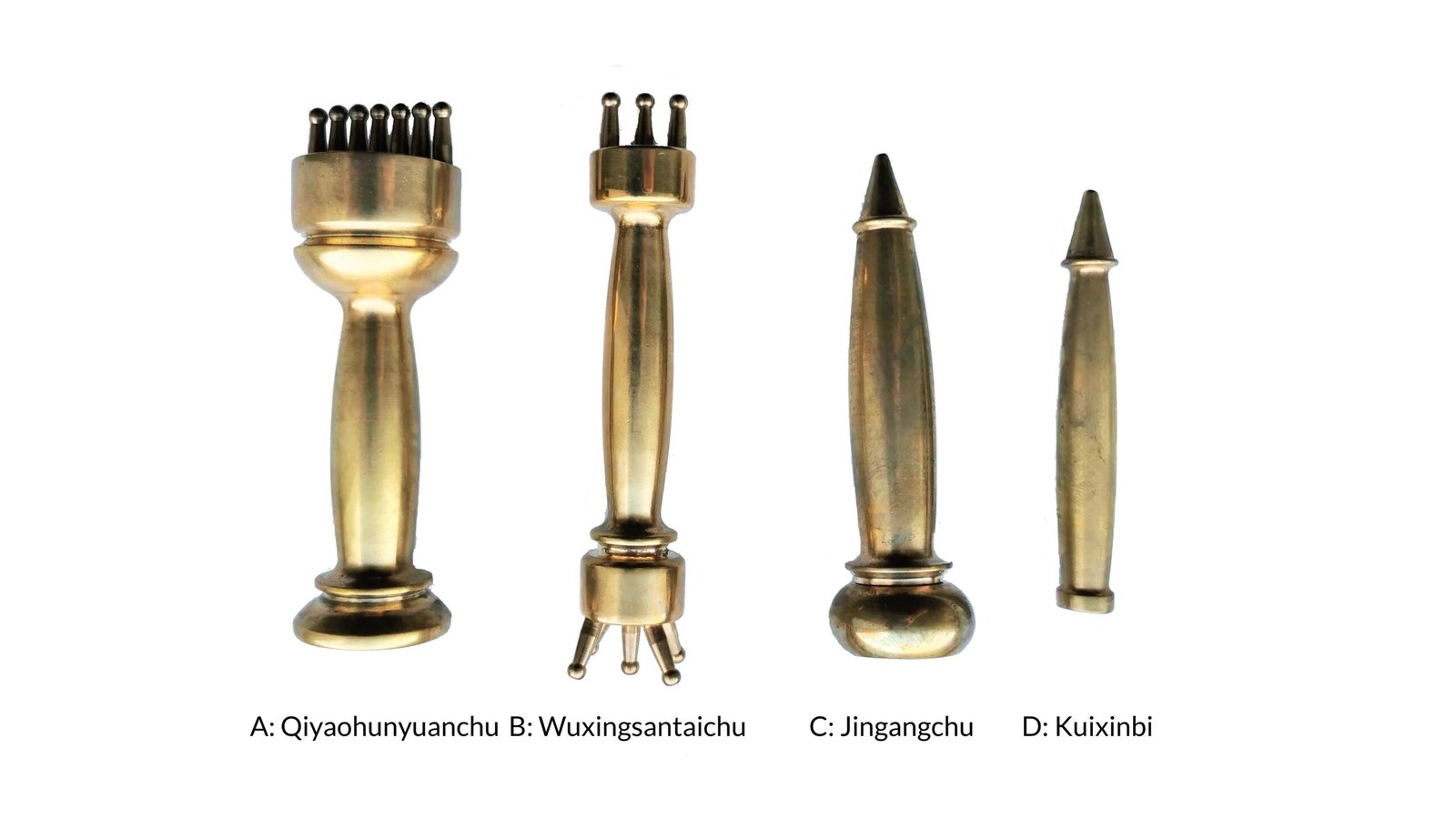
[…] By zhang.ac 10/04/2024 #Acupuncture, #Chu Zhen, #Pestle Needle, #TCM Introduction to Chu Zhen – Pestle Needle video Introduction to Chu Zhen – Pestle Needle […]